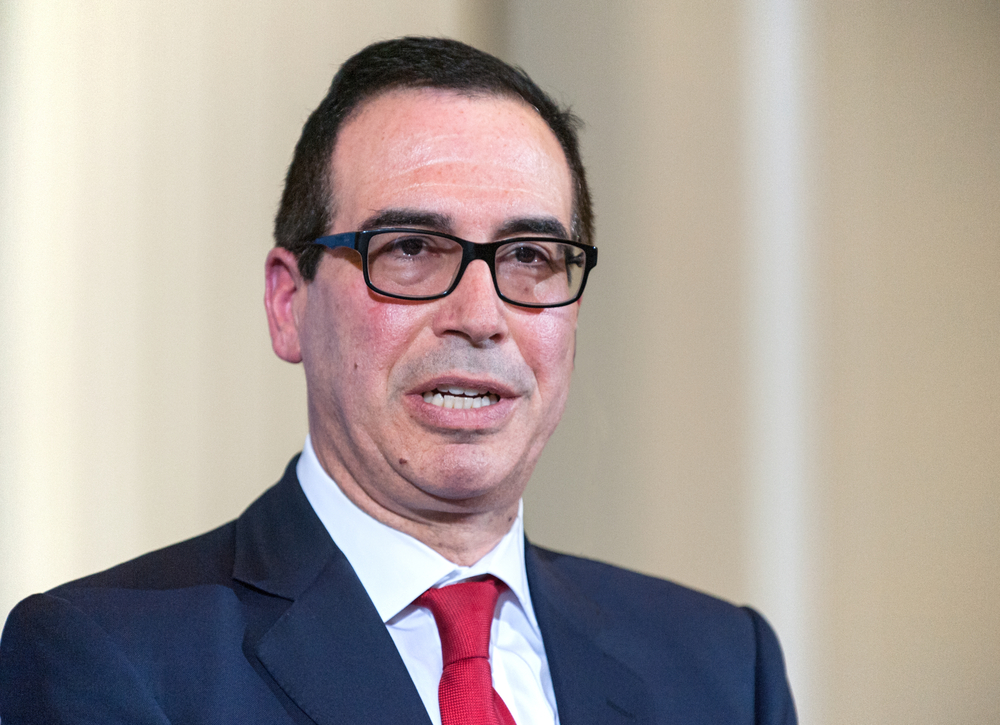Louis Vuitton’s Soulbound Luxury NFTs, Apple’s Expensive Vision
This week, Louis Vuitton announced a new collection of physical-backed NFTs linked to exclusive products and experiences. The pricey tokens are soulbound and cannot be sold once purchased.
Meanwhile, Apple announced its new Vision Pro headset with a hefty price tag and not a single use of the word metaverse. Plus, NFT lending platforms are on the rise, but who really stands to benefit from this practice?
You’re reading The Airdrop, our weekly newsletter where we discuss the biggest stories across Web3. Sign up here to get it in your inbox every Friday.
C’est bon, Louis Vuitton: French luxury fashion house Louis Vuitton will soon release a new collection of physical-backed NFTs called Via Treasure Trunks, which will be linked to exclusive experiences and products down the line. Consumers based in the U.S., Canada, France, the U.K., Germany, Japan and Australia can register to obtain the exclusive treasure trunks, which will be made available to select customers on June 16. Each NFT will be priced at €39,000 including tax or $39,000 without tax in the U.S.
-
Lifelong luxury: The trunks will be sold as soulbound tokens, meaning they are non-transferable once purchased. However, the brand plans to release limited products and experiences “at regular intervals” throughout the year,” which holders can flip for profit.
Blink different: This week, Apple announced its new Vision Pro mixed reality headset, finally entering the growing arena of immersive digital technology. The new device, which it is calling a “spatial computer,” instead of an augmented reality headset, will be released next year to the tune of $3,500. The device will introduce VisionOS, a spatial operating system that offers a three-dimensional interface, releasing applications from the boundaries of traditional screens and bringing them into real-world spaces.
-
Metaverse blueprint: While Apple avoided the term metaverse, it’s likely that Apple has been influenced by competitors like Microsoft and Meta. “It builds upon theories built by the metaverse industry over the past few years,” Mytaverse co-founder and CTO Jaime Lopez told CoinDesk.
NFT lending is trending: Despite lackluster market conditions, the NFT lending space has taken off thanks to major players joining the space. In May, leading NFT marketplace Blur launched Blend – a peer-to-peer lending platform that allows users to borrow against their NFTs as collateral. The platform quickly seized 82% of the entire NFT lending market share within its first three weeks. Other platforms – including Binance NFT Loan, which allows holders to secure ETH loans by using their NFTs as collateral, and Astaria, which utilizes a third party to facilitate its lending market – have popularized the concept of NFTfi in recent weeks.
-
Predatory behavior: While NFTfi tools expand the liquidity of the NFT market, critics urge new traders to understand the consequences before engaging in risky behavior. “[Blend is] pitched as a ‘buy now, pay later’ that uses a perpetual lending on the back end, which is super predatory to the borrower,” Karan Karia, vice president of business development at Wasabi protocol, told CoinDesk.

What: In March, crypto marketplace Coinbase released an open edition, commemorative NFT it called “Stand with Crypto” as a symbol of support for the crypto community during times of hardship like the current SEC crackdown. The blue shield, a symbol that many on crypto Twitter have integrated into their usernames, includes a QR code that Coinbase says will be periodically updated, providing the community with more advocacy opportunities over time. The NFT has recently seen new adoption after news of the U.S. Securities and Exchange Commission (SEC) suit against Coinbase emerged. Shortly after the news broke, Coinbase’s CEO Brian Armstrong tweeted the link to mint the NFT. The suit came a day after the SEC sued Binance.
How: The free-to-mint NFT can be minted through Zora. Any fees associated with the minting process will be donated to vetted organizations through a crypto advocacy round via Gitcoin. The NFT has no intended utility or value.
Non-fungible superhero: Warner Bros. is releasing the Superman Web3 Movie Experience, a multimedia NFT collection built around 1978’s “Superman: The Movie.”
Playing the long game: Investments in blockchain games and metaverse projects reached $476 million in May – the highest this year despite shaky market conditions.
Metaverse money: Metaverse giant Animoca Brands released its FY2020 annual report, noting a deferred revenue increase in 2020 from $6.947 million to $27.890 million.
Crypto’s biggest story of the week was the SEC’s moves against Binance and Coinbase. The suit against Coinbase is relatively straightforward (read about it here), while the 13 charges against Binance.US and its CEO and founder Changpeng “CZ” Zhao are more complicated and have people wondering what the differences are between the U.S. version of Binance and its larger international exchange. We dive into CZ’s background, the two Binance exchanges and the timeline of events that brought us to this moment in our Binance FAQ.
Edited by Toby Leah Bochan.









